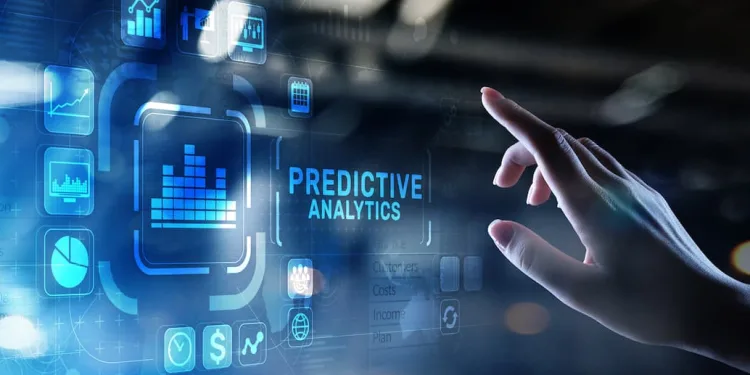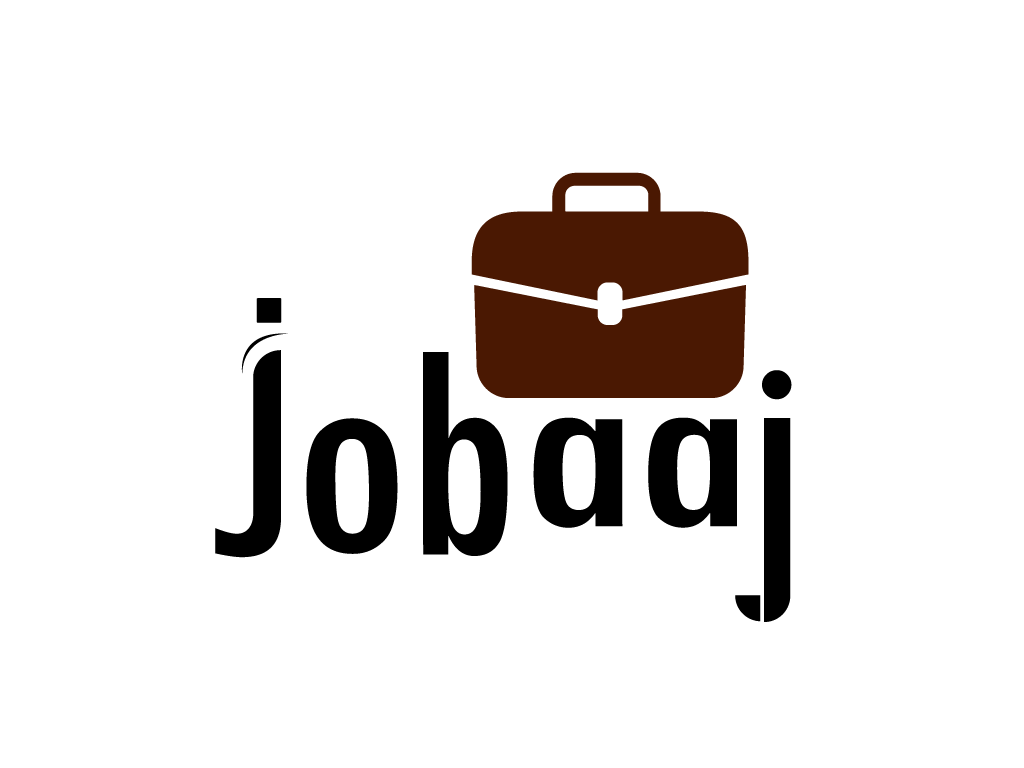Ever wonder what's in store for tomorrow?
Career are something that is the focus of everyone today! But we often get confused what to choose? But what is trending?
Enter the world of predictive analytics, the brainchild of technology and statistics, weaving the tapestry of future possibilities from the threads of past events. From healthcare diagnoses to retail trends, this magic of numbers guides businesses and industries toward informed decisions, paving the way for a future full of potential.
So buckle up, as we delve into the fascinating world of predictive analytics, where the "what ifs" of tomorrow take center stage!
What is Predictive Analysis?
Predictive analytics is like using smart tools and techniques to guess what might happen in the future by looking at what happened before. It's a way of using data and math to make fantastic predictions.
With special tools and models, any company can use information from the past and present to predict future trends and behaviors, whether in milliseconds, days, or even years.
Many organizations like using predictive analytics, and in 2022, it was a big deal with a market size of $12.49 billion globally. A study by Insight Partners in August 2022 said that the market is expected to grow and reach $38 billion by 2028.
This means it's growing at a rate of about 20.4% every year from 2022 to 2028.
Benefits of Predictive Analysis
Using predictive analytics can help businesses make better decisions. It looks at patterns in data to guess what might happen in the future. This helps different parts of a business decide what might happen next. Other good things about it are:
Smart Decision Making: Predictive analytics helps businesses make smarter choices by using data to predict what might happen.
Avoiding Risks: Businesses can use predictive analytics to figure out and deal with potential problems, deciding which ones are the most important to handle first.
Knowing Customers Better: Get to know potential customers and what they want, so you can create ads and messages that speak to them.
Doing Things Better: Using information from the past, predictive analytics helps companies use their resources better and work more efficiently.
Guessing the Future: By looking at data patterns, predictive analytics helps businesses guess what might happen next, making decisions in different parts of the company easier.
5 Areas to Apply Predictive Analysis
Predictive analytics finds applications in various industries such as financial services, healthcare, retail, and manufacturing, each presenting distinct use cases.
Let's discuss a few of them below:

1. Health
In healthcare, predictive analytics helps identify patients at risk of certain diseases by looking at their age, health records, and genes. This helps doctors create targeted prevention and treatment plans for those at the highest risk.
2. Social Media
On social media, predictive analytics helps teams understand what users like and talk about. By looking at the data users create, they improve the social media experience and target ads more effectively.
3. Insurance
Insurance companies use predictive analytics to predict if a customer might make a claim. They analyze past claims, personal details, and lifestyle choices to identify high-risk customers. This helps adjust premiums and offers specific policies to those likely to make claims.
4. Sales
In sales, predictive analytics helps teams know what customers want. They look at what customers did before to guess what products or services they might buy next. This way, sales teams can focus on selling things that customers are likely to be interested in, making more sales and earning more money.
5. Banking
Banks use predictive analytics to make better decisions about loans and investments. It helps identify customers at risk of loan defaults and targets those interested in new financial products with focused marketing.
How Predictive Analysis is Predicting Future Trends?
Follow the points below to learn how predictive analysis predicts Future Trends:
1. Trend Analysis
Trend analysis looks at past data to find patterns and changes over time. It helps understand past performance and predict future trends, such as tracking sales or customer satisfaction in business. To do it, gather data, choose a chart, and use statistics to estimate trends.
2. Scenario Planning
Scenario planning is a way to think about different future possibilities and get ready for them. Identify important factors, create scenarios based on those factors, and plan actions for each situation.
3. Machine Learning
Machine learning uses computer programs to learn from data and make predictions. It uncovers patterns in large datasets, like predicting customer behavior based on past actions. To use it, define a problem, get the right data, pick a suitable model, and ensure accurate predictions. 'import sklearn' is a common code in Python for machine learning.
4. Expert Judgement
Expert judgment is a way of using the knowledge and experience of experts to make predictions, especially when there's not enough data. It helps when information is limited or unreliable. For example, it can estimate the likelihood of a new risk. To do it, find credible experts, gather their opinions, and use techniques like interviews to reduce bias and uncertainty.
5. Data Visualisation
Data visualization is a way of showing data in pictures like charts or graphs. It helps you explore and share data and predictions easily. For instance, it can compare trends or highlight results from machine learning. To do it, pick a good visual style, use colors and labels for clarity, and follow design principles to make it look good and impactful.
This is how Predictive Analysis predicts future trends and plays a beneficial role in the future.
Furthermore, Below are some FAQs for you on Predictive Analysis. Read them:
Frequently Asked Questions:
What is Predictive Analysis?
Predictive analytics is like using smart tools and techniques to guess what might happen in the future by looking at what happened before.
How does Predictive Analysis work?
Predictive Analysis uses statistics, computer science, and data to analyze past data to find patterns and calculate probabilities for future events.
What are the Benefits of Predictive Analysis?
Some benefits of Predictive Analytics include Smart - decision-making, avoiding risks, doing things better, etc.
Where we can apply Predictive Analysis?
Health, Social Media, Insurance, etc. are some of the areas you can apply Predictive Analysis.
What kind of data does Predictive Analysis need?
Predictive Analysis needs historical data close to the prediction target, meaning data on past sales to predict future sales, weather data to predict tomorrow's weather, and so on.
Enroll in our Free workshops!

















